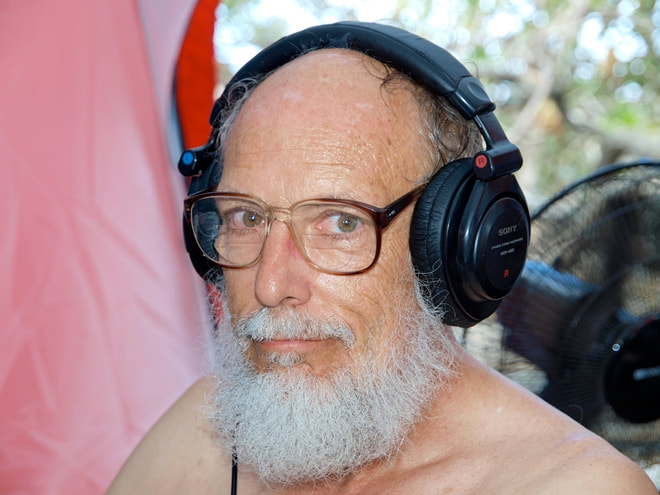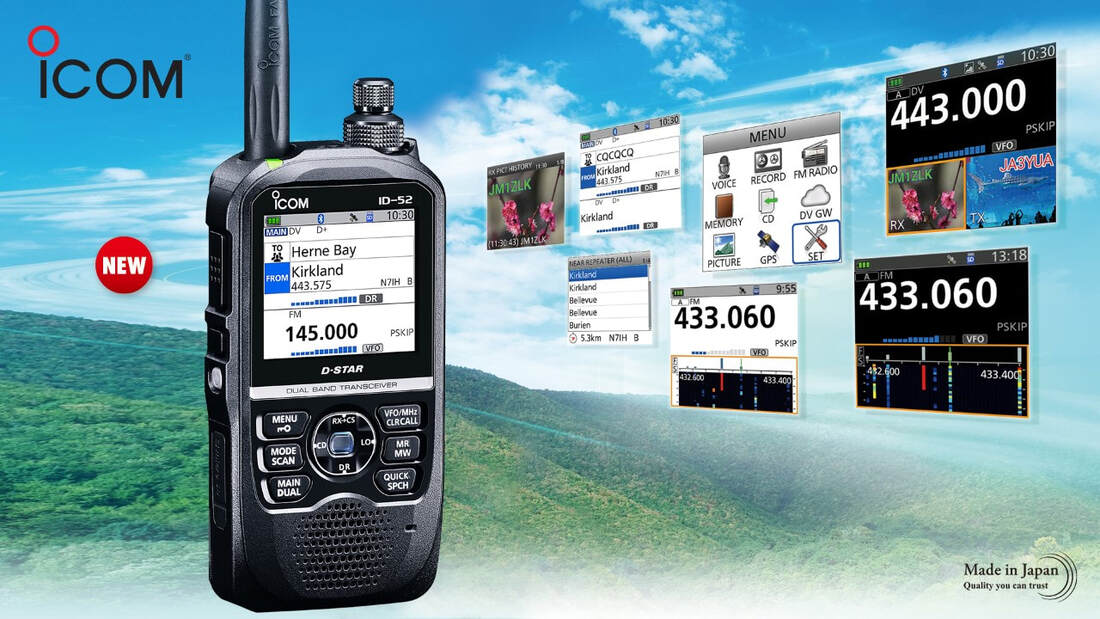Episode 394 - Robin Critchell - WA6CDR
|
Robin Critchell, WA6CDR, had a profound influence on many young hams operating in the VHF and UHF bands in Southern California in the 70s’ and 80s. He and Alan Burgstahler, WA6AWD, at the time and now a silent key, created the Cactus Intertie, now the World’s largest full duplex radio linked amateur radio network. “Top band” or 160 Meters is Robin’s favorite band, and he has participated on DxExpeditions, had an incredible career in the communications industry, and can fix just about anything. WA6CDR, is my QSO Today.
|







 RSS Feed
RSS Feed









